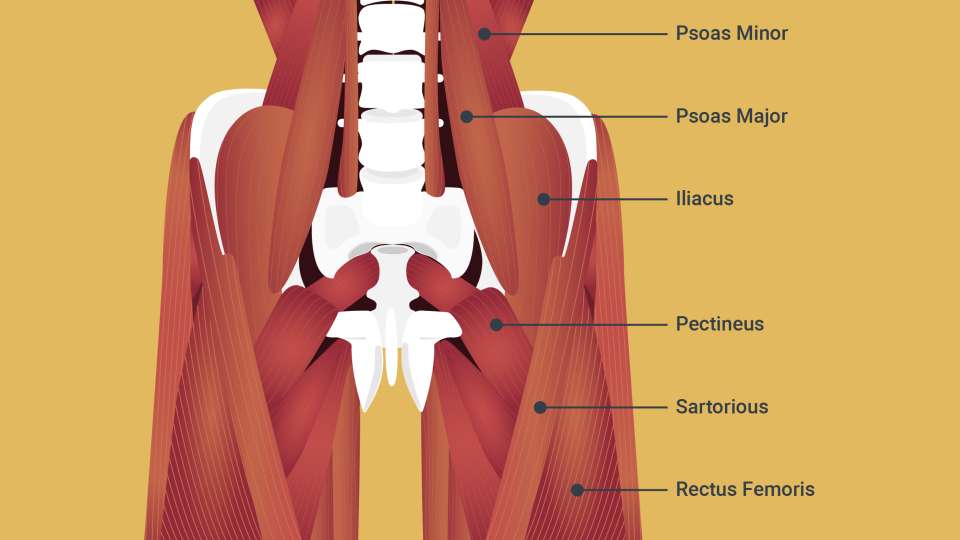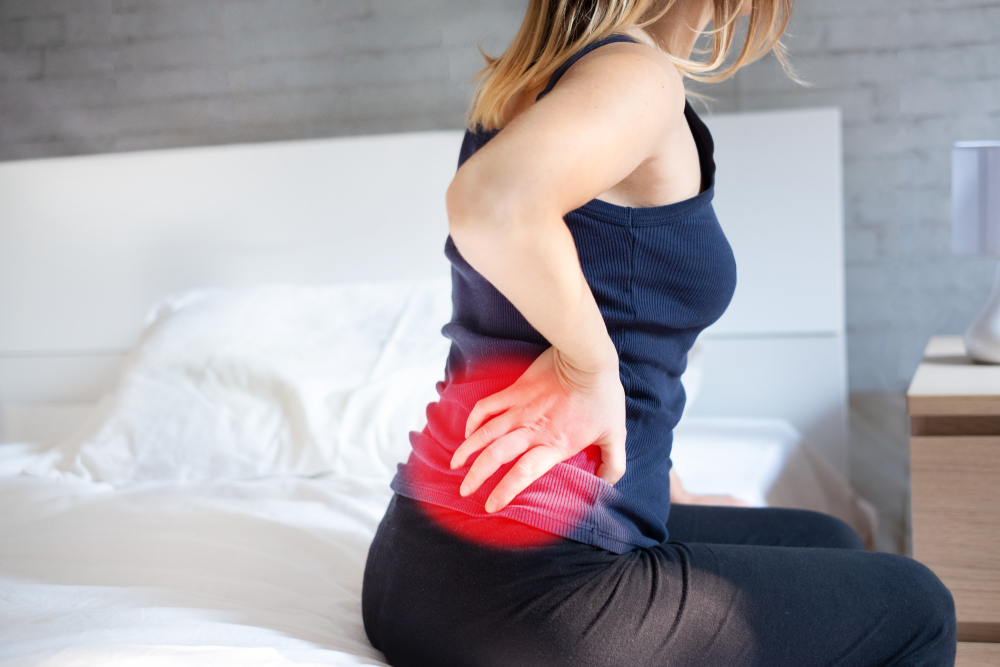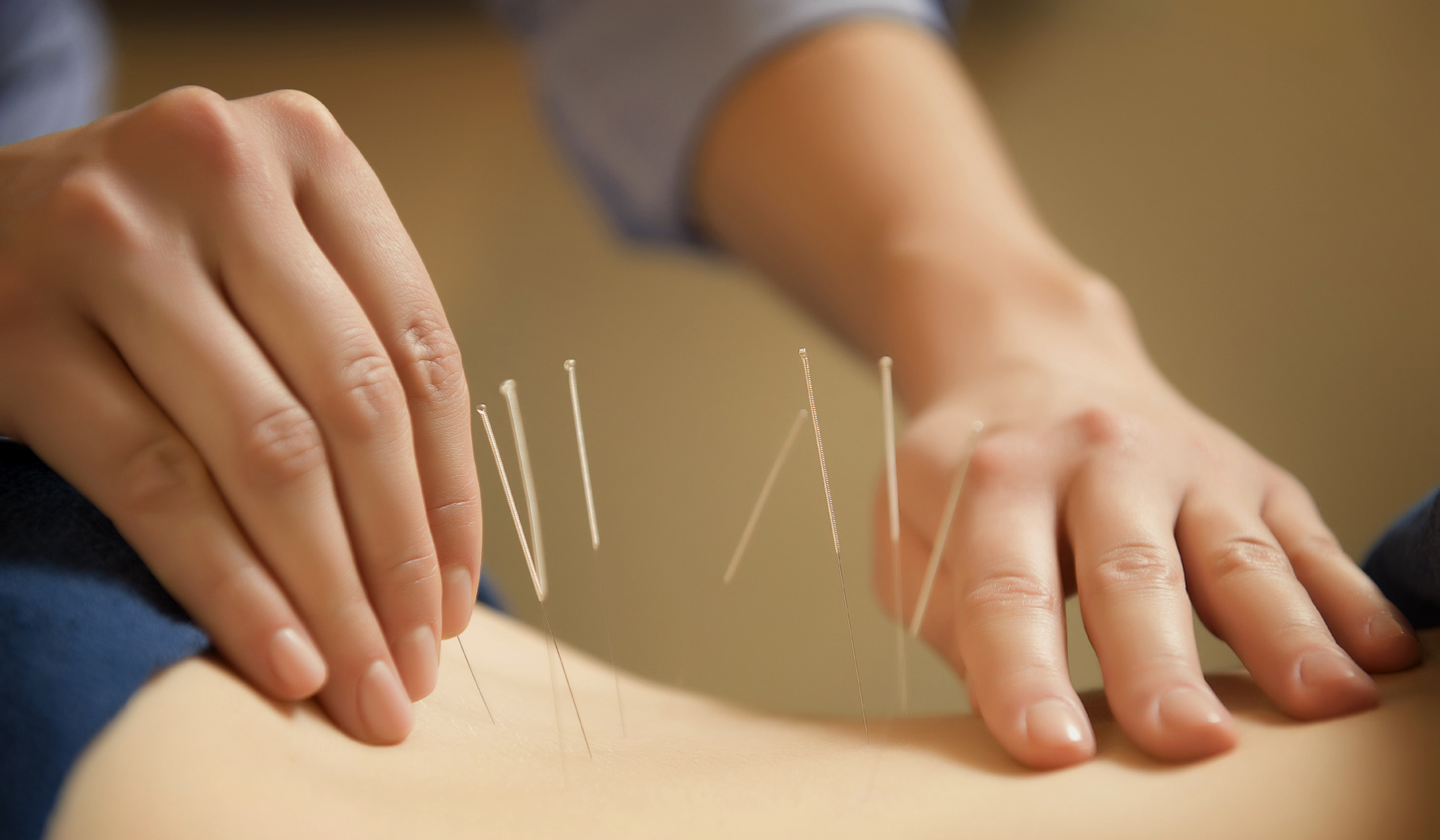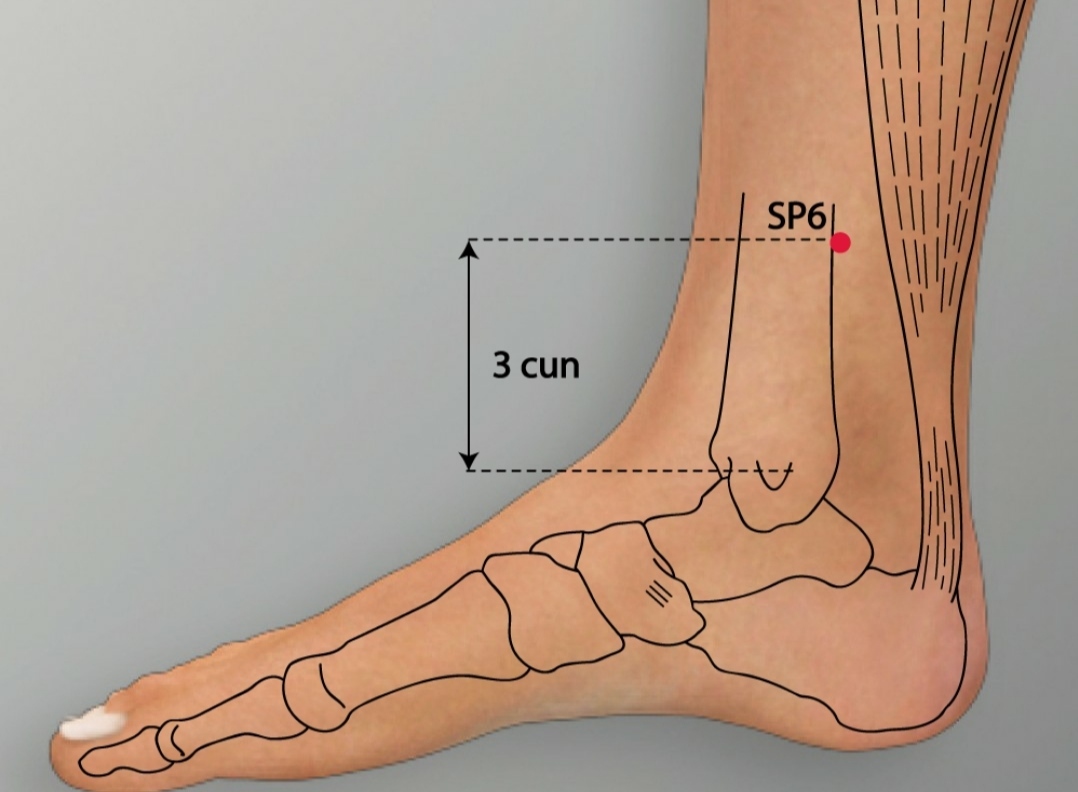Hip Flexor Pain and Acupuncture Treatment
Hip flexor pain is a prevalent condition impacting individuals across various lifestyles, from athletes to those with sedentary jobs. The hip flexors, a group of muscles critical for knee lifting and hip bending, are vital for everyday movements such as walking, running, and sitting. When these muscles become strained, tight, or injured, the resulting pain can significantly impair mobility and quality of life. While conventional treatments like rest, physical therapy, or pain medications are commonly used, many are turning to acupuncture—a cornerstone of Traditional Oriental Medicine (TOM)—for a natural, effective solution. This comprehensive guide explores hip flexor pain, its causes, symptoms, and how acupuncture can provide relief, highlighting key acupoints, complementary therapies, advanced techniques, and practical lifestyle tips for holistic management.
- Understanding Hip Flexors
- What Is Hip Flexor Pain?
- Causes of Hip Flexor Pain
- Impact of Hip Flexor Pain
- Acupuncture and Its Role in Treating Hip Flexor Pain
- How Acupuncture Works for Hip Flexor Pain
- Benefits of Acupuncture for Hip Flexor Pain
- Key Acupoints for Hip Flexor Pain Treatment
- The Acupuncture Treatment Process for Hip Flexor Pain
- Initial Consultation
- Treatment Sessions
- What to Expect
- Scientific Evidence Supporting Acupuncture
- Who Can Benefit?
- Complementary Therapies for Enhanced Relief
- Advanced Acupuncture Techniques
- Lifestyle Modifications to Prevent Recurrence
- Finding a Qualified Acupuncturist
- Risks and Considerations
- FAQs About Acupuncture for Hip Flexor Pain
- Conclusion
Understanding Hip Flexors
The hip flexors are a group of muscles located at the front of the hip and upper thigh, including:
Maybe You Need:
- Iliopsoas: Comprising the psoas major and iliacus, this primary hip flexor connects the lower spine to the femur.
- Rectus Femoris: A quadriceps muscle aiding in hip flexion and knee extension.
- Sartorius: The body’s longest muscle, running from the hip to the knee, assisting with hip and knee movement.
- Tensor Fasciae Latae: Connects to the iliotibial (IT) band, supporting hip stability and movement.
These muscles enable activities like lifting the leg, climbing stairs, or kicking. However, overuse, injury, or prolonged sitting can lead to hip flexor pain, characterized by discomfort in the front of the hip, groin, or upper thigh.
What Is Hip Flexor Pain?
Hip flexor pain presents as discomfort, tightness, or sharp pain in the hip or groin area, often worsened by activities like walking, running, or climbing stairs. It can range from mild soreness to severe pain that restricts movement. Common symptoms include:
- Pain or tenderness in the front of the hip or groin
- Stiffness after inactivity, such as sitting or sleeping
- Difficulty lifting the knee or bending at the hip
- Muscle spasms or cramping
- Radiating pain to the lower back, thigh, or buttocks
- Reduced range of motion or limping

Causes of Hip Flexor Pain
Hip flexor pain can stem from various causes:
- Overuse or Strain: Repetitive activities like running, cycling, or high-intensity sports can overtax the hip flexors, causing strains or microtears.
- Prolonged Sitting: Sedentary lifestyles, common in desk jobs, lead to shortened, tight hip flexors, increasing pain risk.
- Injury: Sudden movements, such as sprinting or kicking, can cause acute strains or tears.
- Poor Posture: Forward-leaning postures or pelvic misalignment stress the hip flexors.
- Underlying Conditions: Arthritis, labral tears, or hernias may contribute to hip flexor pain.
- Imbalances: Weak core or gluteal muscles can overburden the hip flexors, leading to injury.
Impact of Hip Flexor Pain
Hip flexor pain can disrupt daily activities, making tasks like walking, climbing stairs, or standing difficult. For athletes, it can hinder performance and delay recovery. Chronic pain may lead to compensatory movements, causing secondary issues like lower back or knee pain. Effective, sustainable relief is essential to restore function and prevent complications.

Acupuncture and Its Role in Treating Hip Flexor Pain
Acupuncture, a 3,000-year-old TOM practice, involves inserting fine needles into specific body points to balance energy flow. In TOM, hip flexor pain often results from blockages or imbalances in Energy, blood, or other vital substances along meridians. Acupuncture restores harmony, reduces pain, and promotes healing by stimulating these points.
How Acupuncture Works for Hip Flexor Pain
In TOM, hip flexor pain is associated with patterns such as:
- Energy and Blood Stagnation: Blocked energy or blood flow in the hip, often from injury or overuse, causing pain and stiffness.
- Liver Meridian Imbalance: The liver meridian governs tendons and muscles, and its dysfunction (from stress or overexertion) can contribute to hip issues.
- Kidney Deficiency: Weak kidney energy, linked to aging or chronic strain, may weaken the lower body.
- Damp-Cold or Damp-Heat: Environmental or internal imbalances causing inflammation or stiffness.
Acupuncture addresses these by:
- Reducing Pain: Stimulating acupoints releases endorphins and other pain-relieving chemicals.
- Improving Blood Flow: Enhances circulation to the hip flexors, aiding tissue repair and reducing inflammation.
- Relaxing Muscles: Relieves tension and spasms, addressing tightness.
- Restoring Balance: Regulates the nervous system and energy flow to correct imbalances.
Scientific studies support acupuncture’s efficacy for musculoskeletal pain. A 2017 study in Pain Medicine found acupuncture significantly improved pain scores and mobility in patients with chronic hip pain compared to controls.

Benefits of Acupuncture for Hip Flexor Pain
Acupuncture offers:
- Non-Invasive Relief: Minimal risk compared to surgery.
- Holistic Approach: Addresses symptoms and root causes.
- Personalized Treatment: Tailored to individual TOM diagnoses.
- Low Side Effects: Mild issues like bruising are rare.
- Complementary Use: Enhances other treatments for better outcomes.
Key Acupoints for Hip Flexor Pain Treatment
Acupuncturists select points based on symptoms, TOM diagnosis, and pain cause. Below are key acupoints for hip flexor pain, their locations, and benefits. Consult a licensed acupuncturist for safe application.
- GB30 (Huantiao) – Gallbladder 30
- Location: On the buttocks, at the junction of the outer third and inner two-thirds of a line connecting the greater trochanter and sacrum.
- Benefits: Directly targets the hip joint and flexors, relieving pain, reducing tension, and improving mobility. Effective for Energy stagnation or sciatica-related pain.
- Application: Deep needling toward the hip joint.

- GB34 (Yanglingquan) – Gallbladder 34
- Location: Below the knee, in the depression anterior and inferior to the fibula head.
- Benefits: Strengthens tendons and muscles, relieving tightness. Ideal for overuse-related pain, supporting the liver and gallbladder meridians.
- Application: Perpendicular needling, often with moxibustion.

- ST31 (Biguan) – Stomach 31
- Location: On the upper thigh, below the anterior superior iliac spine, in a depression when the thigh is flexed.
- Benefits: Targets hip flexors, relieving pain and stiffness from sitting or strains.
- Application: Shallow to moderate needling, avoiding major vessels.

- SP10 (Xuehai) – Spleen 10
- Location: On the inner thigh, two inches above the kneecap when flexed.
- Benefits: Promotes blood flow, clears stagnation, and reduces inflammation or swelling.
- Application: Slight angle needling, often paired with ST31.

- BL40 (Weizhong) – Bladder 40
- Location: Midpoint of the crease behind the knee.
- Benefits: Relieves lower body pain, improves circulation, and addresses radiating hip pain.
- Application: Perpendicular needling with gentle manipulation.

- LR3 (Taichong) – Liver 3
- Location: On the foot, in the depression between the first and second toes.
- Benefits: Soothes the liver meridian, reduces stress-related tension, and improves blood flow.
- Application: Shallow needling, often with GB34.

- KD3 (Taixi) – Kidney 3
- Location: On the inner ankle, between the Achilles tendon and ankle bone.
- Benefits: Nourishes kidney energy, supporting chronic hip pain, especially in older adults.
- Application: Gentle needling or moxibustion.

Additional Points
- GB29 (Juliao): Near the hip joint, for local pain relief.
- SP6 (Sanyinjiao): On the inner leg, to nourish blood and muscles.
- BL23 (Shenshu): On the lower back, to strengthen kidney energy and hip stability.

Acupuncturists use TOM diagnostics (pulse, tongue analysis) to choose points. For example:
- Acute strains: ST31, GB30.
- Chronic pain with weakness: KD3, BL23.
- Overuse injuries: GB34, LR3.

The Acupuncture Treatment Process for Hip Flexor Pain
Initial Consultation
The process starts with:
- Symptom Assessment: Pain location, intensity, and triggers.
- Medical History: Injuries, lifestyle, and conditions.
- TOM Diagnosis: Pulse, tongue, and physical exams to identify imbalances.
- Treatment Plan: Outlines acupoints, session frequency, and therapies.
Treatment Sessions
- Duration: 30–60 minutes.
- Frequency: Acute pain: 1–2 sessions weekly for 4–8 weeks; chronic pain: 10–12 sessions or maintenance.
- Techniques:
- Moxibustion: Heat to enhance circulation.
- Electroacupuncture: Electrical stimulation for deep pain.
- Cupping: Suction to improve blood flow.
- Gua Sha: Scraping to release tension.
What to Expect
- During: Slight pinch or tingling; most find it relaxing.
- Post-Treatment: Mild soreness or bruising may occur, resolving quickly.
- Results: Acute pain may improve in 2–4 sessions; chronic pain takes longer.

Scientific Evidence Supporting Acupuncture
Research supports acupuncture for musculoskeletal pain:
- A 2018 Journal of Pain meta-analysis found acupuncture reduced chronic musculoskeletal pain, including hip pain.
- A 2020 Acupuncture in Medicine study showed improved pain and function in hip osteoarthritis patients.
- Neuroimaging studies indicate modulation of pain pathways and reduced inflammation.
Who Can Benefit?
Acupuncture suits:
- Athletes with overuse injuries.
- Office workers with sitting-related tightness.
- Those with strains, arthritis, or posture issues.
- Individuals seeking non-invasive relief.
Contraindications include:
- Bleeding disorders or blood thinners.
- Pregnancy (some points are contraindicated).
- Severe injuries requiring surgery.
Consult a healthcare provider first.
Complementary Therapies for Enhanced Relief
To maximize acupuncture’s benefits, integrate these therapies:
- Massage Therapy: Techniques like myofascial release target hip flexor tightness, complementing acupuncture’s effects.
- Chiropractic Care: Adjusts pelvic alignment to reduce hip flexor strain.
- Physical Therapy: Exercises like hip flexor stretches and core strengthening enhance recovery.
- Herbal Medicine: TOM herbs like Du Huo Ji Sheng Tang may reduce inflammation and support muscle health (consult a TOM practitioner).
- Mind-Body Practices: Yoga or tai chi improve flexibility, reduce stress, and support meridian balance.
For example, a patient with chronic hip flexor pain might combine weekly acupuncture (focusing on GB30 and ST31) with biweekly massage and daily yoga, addressing both symptoms and underlying imbalances.

Advanced Acupuncture Techniques
For complex cases, acupuncturists may use:
- Trigger Point Acupuncture: Targets “knots” in the hip flexors for direct pain relief.
- Auricular Acupuncture: Ear points corresponding to the hip reduce pain and stress.
- Scalp Acupuncture: Stimulates brain areas controlling movement, useful for chronic pain or neurological factors.
- Laser Acupuncture: Non-invasive laser stimulation for needle-averse patients.
These techniques require specialized training and may enhance outcomes for stubborn pain.
Lifestyle Modifications to Prevent Recurrence
Prevent hip flexor pain with:
- Stretching Routine: Daily stretches like the lunge or pigeon pose to maintain flexibility.
- Strength Training: Core and glute exercises (e.g., bridges, planks) to support hip flexors.
- Ergonomic Adjustments: Use standing desks or lumbar supports to reduce sitting-related strain.
- Anti-Inflammatory Diet: Foods like salmon, turmeric, and leafy greens reduce inflammation.
- Hydration: Adequate water intake supports muscle function.
- Activity Modification: Avoid overexertion; incorporate rest days for athletes.
Finding a Qualified Acupuncturist
- Credentials: Seek NCCAOM-licensed practitioners.
- Experience: Choose those with musculoskeletal expertise.
- Reviews: Check testimonials or referrals.
- Consultation: Discuss goals and symptoms upfront.
Risks and Considerations
Acupuncture is safe with licensed practitioners. Rare risks include:
- Minor bruising or soreness.
- Infection (avoidable with sterile needles).
- Temporary symptom worsening.
Ensure single-use needles and hygiene protocols.

FAQs About Acupuncture for Hip Flexor Pain
How many sessions are needed?
Acute pain: 4–6 sessions; chronic pain: 8–12 or maintenance.
Does it hurt?
Minimal discomfort; often a tingling or warm sensation.
Can it cure hip flexor pain?
Reduces pain and improves function; “cure” depends on the cause.
Is it covered by insurance?
Some plans cover it if medically necessary; verify with your provider.
Can I exercise during treatment?
Yes, gentle stretching or yoga enhances recovery.
Conclusion
Hip flexor pain can hinder daily life, but acupuncture offers a natural, effective solution. By targeting acupoints like GB30, ST31, and GB34, and integrating complementary therapies and lifestyle changes, acupuncture relieves pain, reduces inflammation, and restores mobility. Supported by science and TOM principles, it’s ideal for athletes, office workers, and those seeking holistic relief. Consult a licensed acupuncturist to start your personalized treatment plan and reclaim pain-free movement.
Ready to address hip flexor pain? Schedule a consultation with our licensed acupuncturist today. Share this guide with others and take the first step toward relief!
Fuji Wellness:
- Address: 132-0031 Matsushima 1-chome, 21-14, Tokyo, Japan
- Chat with us: Click here
- Email: sunnyphamsensei@gmail.com




